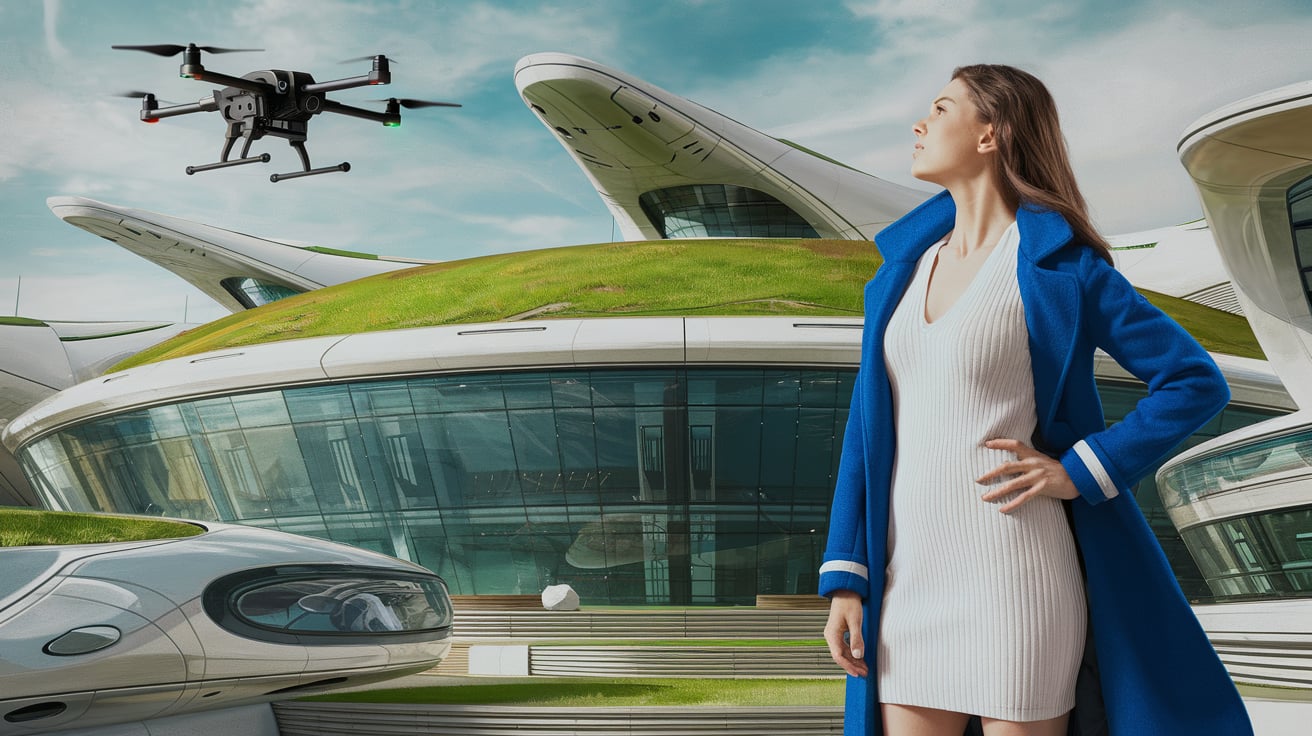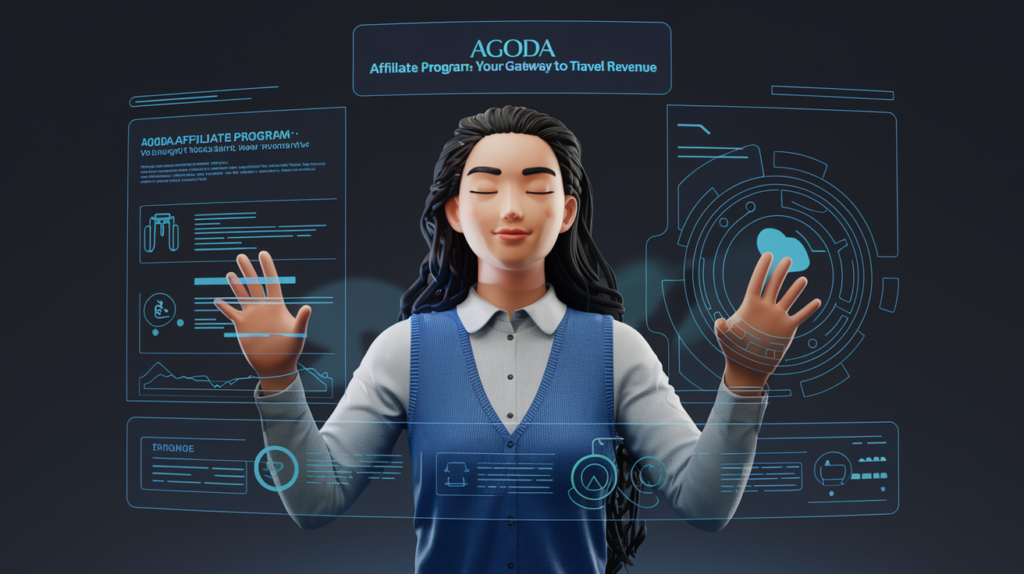Technology has been a driving force in shaping human civilization, evolving from rudimentary tools made of stone to advanced artificial intelligence that powers the modern world. This article explores the major milestones in technological advancement, highlighting how each era contributed to the development of tools and innovations that we often take for granted today.
1. The Stone Age: Humble Beginnings
The journey of technology began with the earliest humans who crafted simple tools from stone, wood, and bone. These primitive inventions, such as the hand axe and the wheel, allowed early societies to hunt, farm, and build basic shelters. These tools not only increased survival rates but also marked the beginning of humanity’s ability to manipulate the environment to their advantage.
2. The Bronze and Iron Ages: The Birth of Civilization
As societies developed, so did the materials used in technology. The discovery of metalworking led to the Bronze and Iron Ages, where humans learned to forge stronger tools, weapons, and agricultural implements. These innovations fueled the growth of civilizations, enabling complex economies, the rise of cities, and advancements in transportation with the invention of the chariot and ships.
3. The Industrial Revolution: The Age of Machines
The 18th century Industrial Revolution marked a turning point in technological progress. Steam engines, textile machines, and the factory system revolutionized production, making goods cheaper and more accessible. The Industrial Revolution also set the stage for modern transportation with the development of steam trains and ships, drastically altering trade and travel.
4. The Digital Revolution: Computers and the Internet
The 20th century brought about the Digital Revolution, a pivotal moment in the evolution of technology. The invention of computers transformed industries, allowing for faster data processing, automation, and global communication. The Internet, which emerged in the 1990s, revolutionized how people connect, work, and share information, shrinking the world into a globally connected village.
5. The Age of AI: The Future of Innovation
Today, we stand at the forefront of a new era—artificial intelligence (AI). From self-driving cars to smart assistants like Siri and Alexa, AI is rapidly becoming integrated into everyday life. Machine learning, robotics, and AI-powered decision-making are pushing the boundaries of what technology can achieve, shaping industries like healthcare, finance, and education.
Conclusion: The Unstoppable Force of Technology
The evolution of technology is a story of constant innovation and adaptation. From the simple stone tools of early humans to the highly advanced AI systems of today, technology continues to reshape the world. As we move into the future, the possibilities for technological advancement are limitless, offering both opportunities and challenges for the next generation of innovators.





